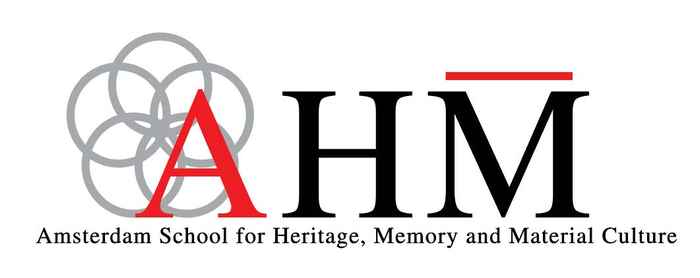PhD Defense: Lindsay Morehouse
- Date
- 23 February 2024
- Time
- 14:00
- Location
- Aula - Lutherse kerk

Stelae depicting a figure within a niche, holding grapes in one hand and a bird or wreath in the other, can be found in museum collections throughout the world. The stelae were collected and studied by museums and individuals beginning in the 1950s, but questions remain today about from where they came, what they mean, and whether they are even “real”. Though this study takes initial inspiration from an example held in the Allard Pierson in Amsterdam, this thesis looks at the corpus of stelae as a whole, taking an interdisciplinary approach to understanding and re-contextualizing them within their social and historical contexts.
Employing triangulation of three theoretical frameworks— object biography, authenticity, and globalization— this thesis addresses key questions about the stelae: how many exist, where are they found, from where do they come, how do they compare to other contextualized works, who is depicted, and what do they mean? These questions are explored through the application of new typologies, enumeration of extant examples, review of the history of collection, display, and research, and a comparative examination of similar, provenanced artifacts from across the ancient Mediterranean and Europe. As a result, this study reveals the ways in which these stelae may serve as a case study illuminating how such archaeological material can be understood as products of both ancient and modern networks.
You can find UvA dissertations in the UvA-DARE database.
